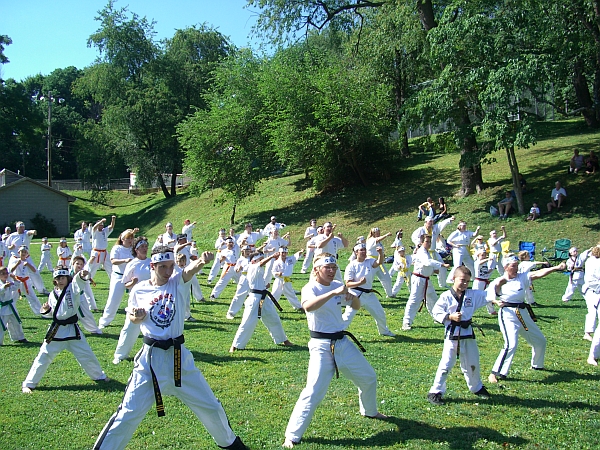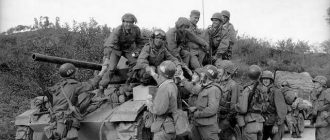Want to learn Korean Karate? Discover the different forms of Korean karate and martial arts popular all over the world…
Korean martial arts, including Korean karate, either originated from this country or have been modified by their local practitioners. Some of the more commonly known and practiced forms of martial arts and karate are Tang soo do, hapkido, hanmudo, kuk sool won and the famous taekwondo.
In recent years Korean karate has been practiced more frequently all over the world and a keen focus has also been given to the knife and sword arts along with Korean archery on a global level.
Origins of Korean Karate
One of the oldest forms of martial arts is the unarmed combat style that was popularly created during the time of three of the Korean kingdoms.
Commonly known as Taekkyeon, this form of Korean karate was developed to create speed and strengthening tactics and arm the young men of the kingdoms of Silla, Goguryeo and Baekje with survival skills. Subak was the most famous and commonly practiced form of which taekkyeon is a part.
Since the kingdom of Goguryeo became more powerful the weaker neighboring state of Silla started to develop special warriors to bolster their military forces. They were trained in this form of Korean karate based on their aptitude and then completely integrated to become skilled warriors. Trained in the schools of philosophy, history, code of ethics, riding horses as well as Korean karate, these people became well-rounded individuals.
Eventually the different dynasties that arouse in Korea completely banned martial arts and Korean karate and much of the skill was lost because it was retained by the military only until the 19th century.
The only reason that this form of martial arts managed to survive is because of folk teachings and customs that continued on an underground and secret level. The country was liberated in 1945 from Japanese colonial rule and then there was a strong revival of the martial arts. There were, in fact, some well-preserved techniques, which included different moves.
Techniques in Korean Karate
The different techniques represented patterns of kicks, which were represented by five moves, techniques for the hand, which were 4 in number, using the heel to push down in three different ways and one individual technique of bringing the whole body down along with one kicking pattern, which saw the entire body turning over.
The stance adopted by fighters when they stood face-to-face with each other as a preparation for combat was known as Poom. Unfortunately most of the grand masters of this art were imprisoned under Japanese rule and the art faded. It was only after the liberation of Korea from Japanese rule that people became self-reliant, but it never recovered its former glory.
Government Acknowledgement to Korean Karate as Heritage
Another martial art form is known as Hapkido, which was popularized by one of the grand masters. He is said to have been under the tutelage of a skilled Japanese karate expert and then dubbed his style the Yawara, which was eventually called Hapkido.
This was eventually spread throughout Korea and merged with the different forms of martial arts. The modern-day martial arts are commonly known as the different Kwans, which have been consolidated by the government. In fact, only one of the martial arts forms known as Taekgyeon has been classified by the Korean government as an important intangible cultural asset.





